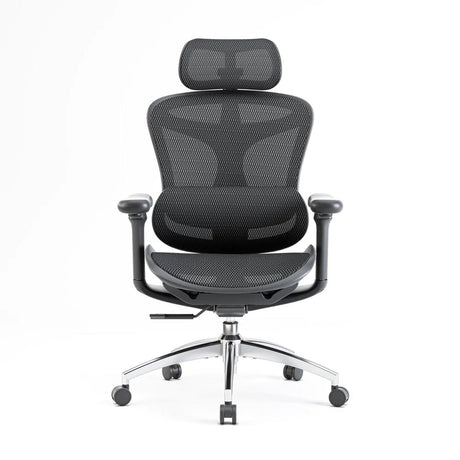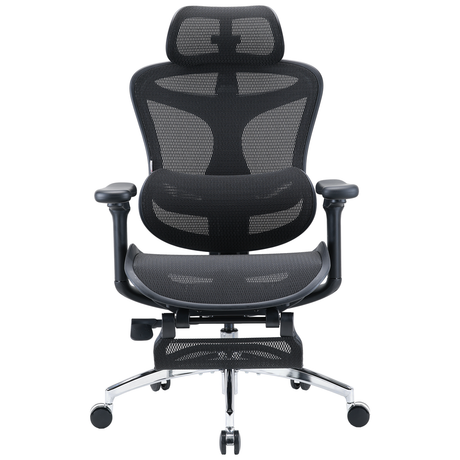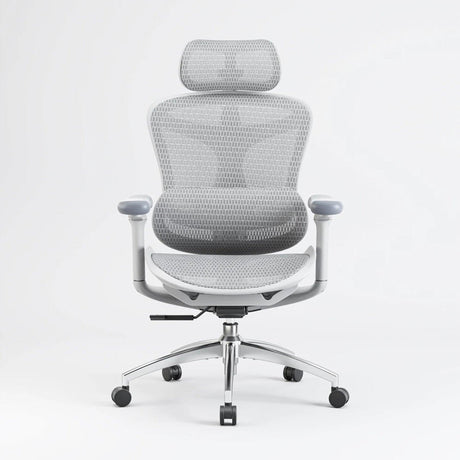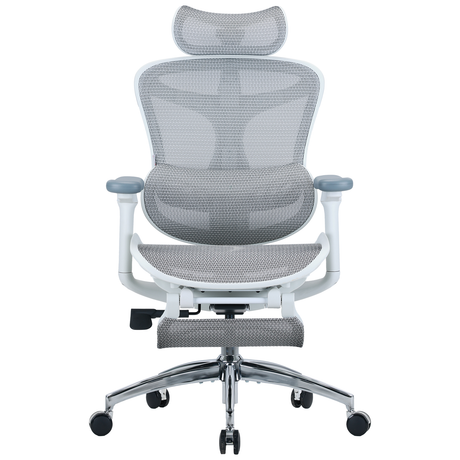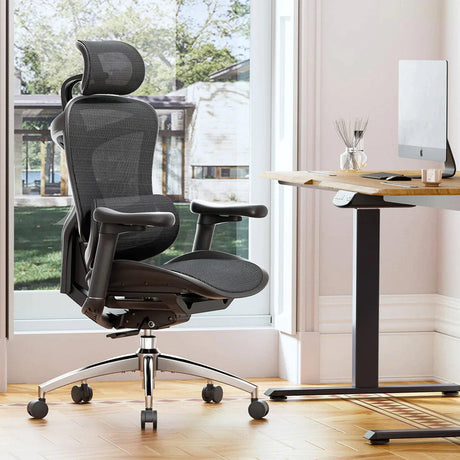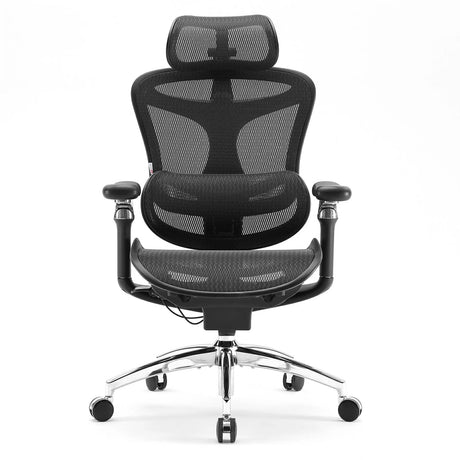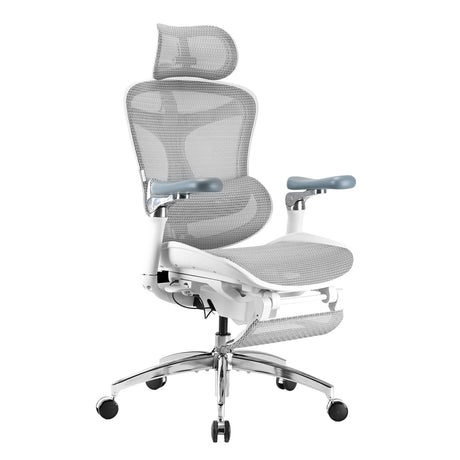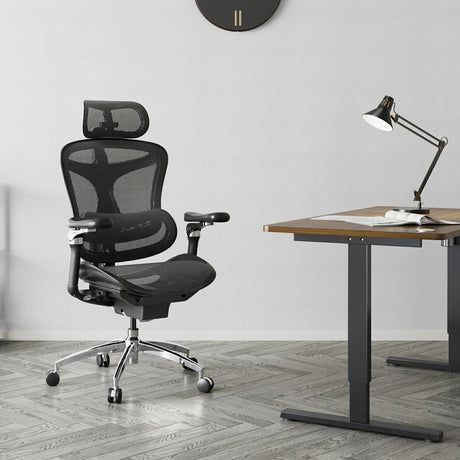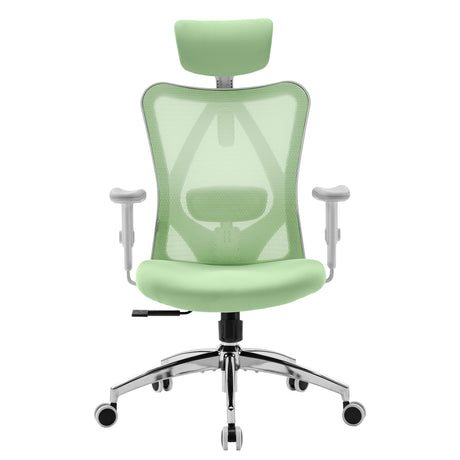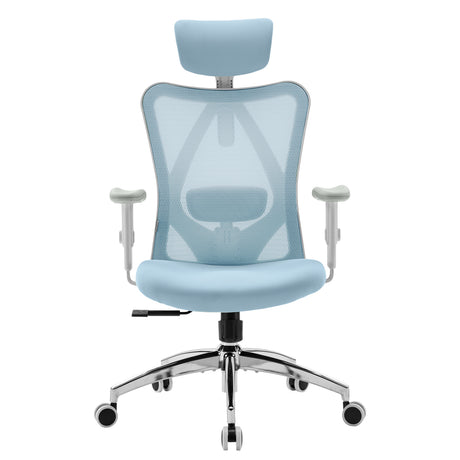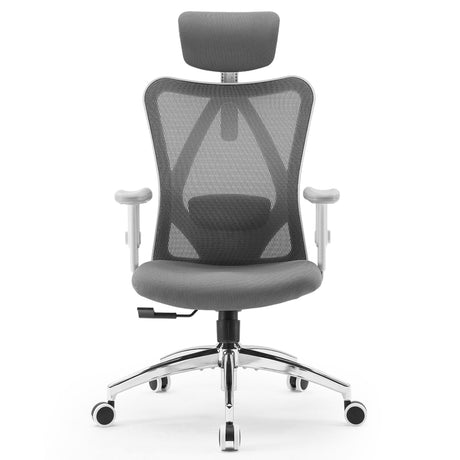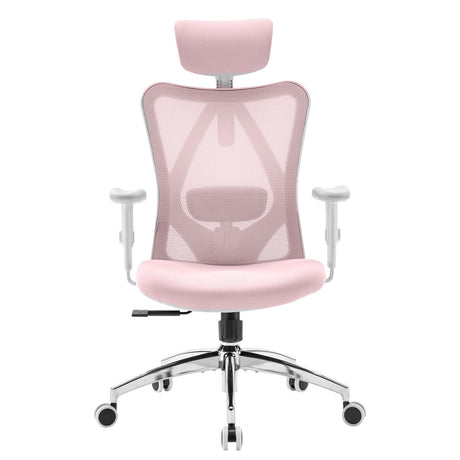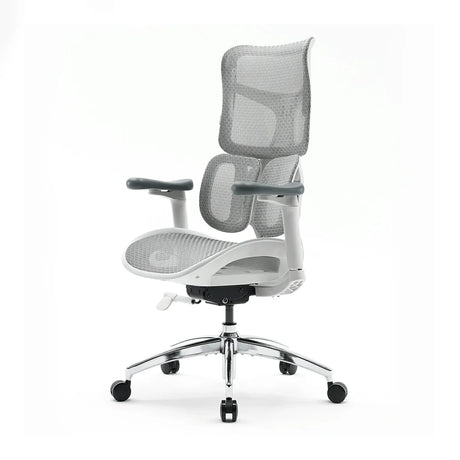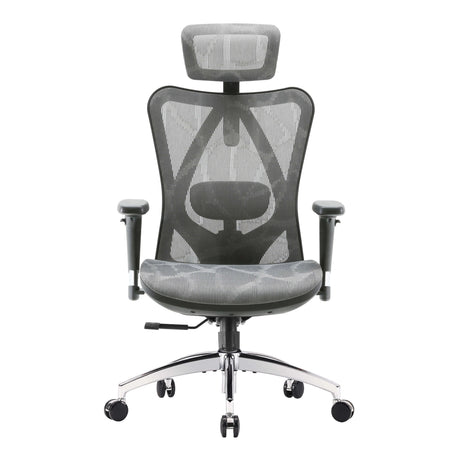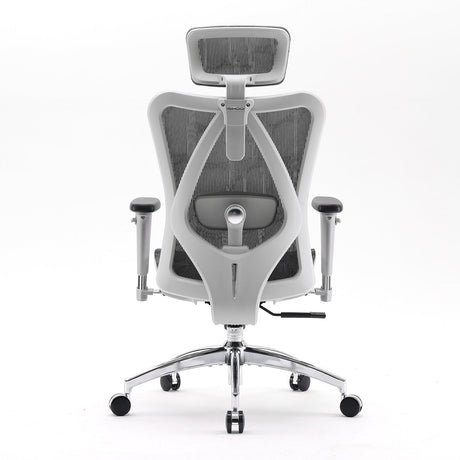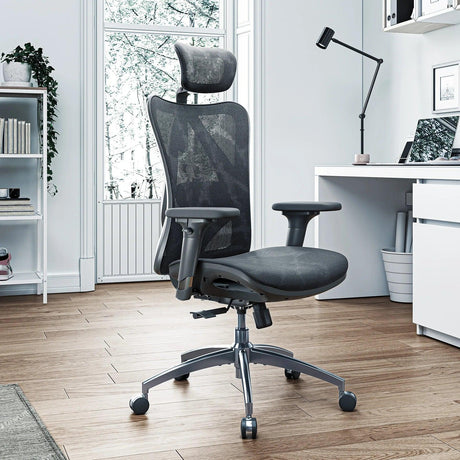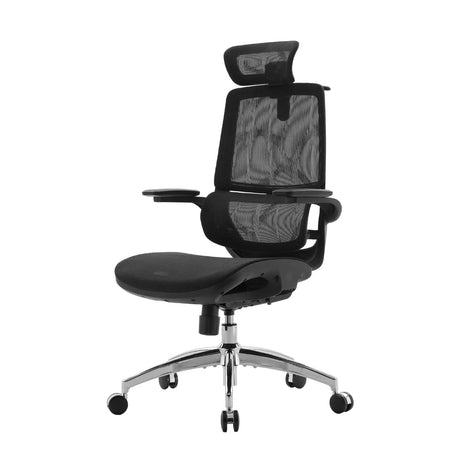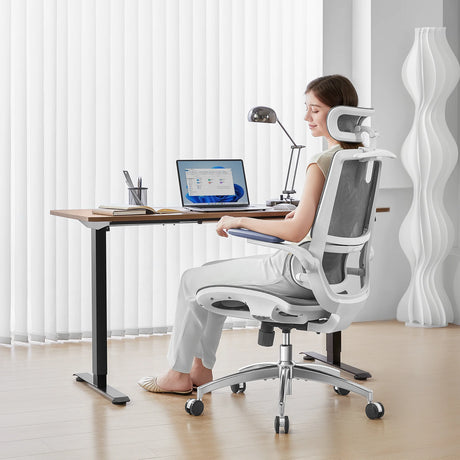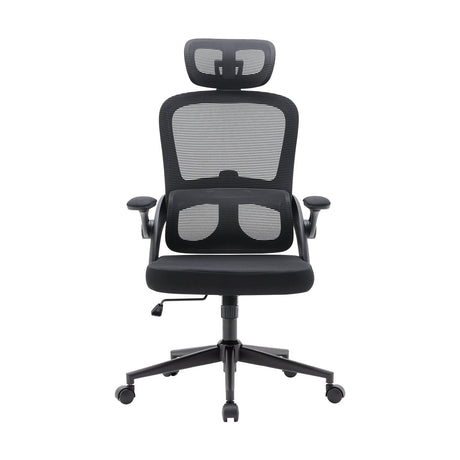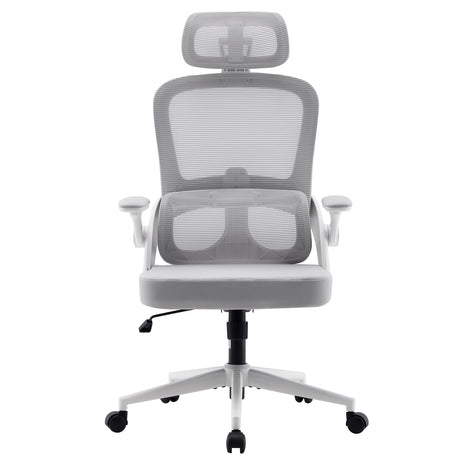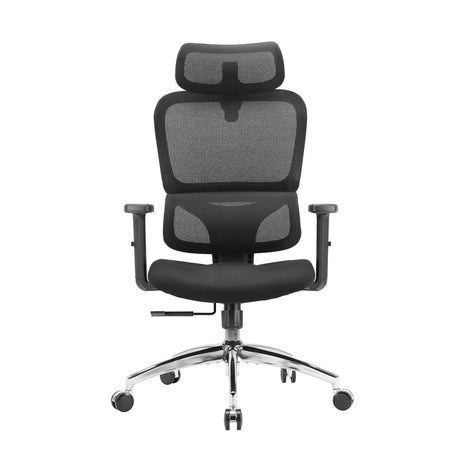In contemporary work and lifestyle environments, prolonged sitting has become almost unavoidable. Whether one is engaged in desk-based tasks, academic activities, extended driving, or leisure pursuits, it is common to remain seated for long periods without noticing. While sitting itself is not inherently detrimental, maintaining the same posture for an extended duration can initiate a series of biomechanical, cognitive, and metabolic changes. These effects develop gradually and can contribute to significant health and functional implications over time.
This article examines what really happens inside your body during prolonged static sitting, why it’s so damaging, what risks accumulate with repetitive exposure, and how to counteract them effectively. We’ll explore the biomechanics, physiology, and psychology behind sedentary behavior, supported by current research and ergonomic principles. If you want a deep, authoritative explanation rather than generic advice, this guide is for you.
1. Introduction: The Age of Static Sitting
Human beings weren’t designed for long-term stillness. We evolved as dynamic movers—walking, reaching, lifting, climbing, squatting—not as static desk dwellers. Yet modern environments reward sitting more than moving. University students sit through lectures, office workers sit through meetings, drivers sit through commutes, and gamers sit through marathon sessions.
The average working adult now spends 7 to 12 hours per day sitting, and often in unchanging, constrained, repetitive positions. If sitting were simply a resting state, the risks would be minimal. The real problem arises from sitting without variation—the body’s equivalent of leaving a machine running without lubrication.
2. The Biomechanics of Sitting: What Your Body Does (and Doesn’t Do)
Sitting involves complex interaction between bones, discs, ligaments, nerves, and muscles. When done well—and in moderation—it’s a healthy resting posture. But sitting too long in one position breaks the natural balance.
What sitting requires:
- Hip flexor muscles shorten
- Gluteal muscles deactivate
- Lumbar spine absorbs sustained compression
- Neck and thoracic spine hold static tension
- Shoulders round forward
- Legs and calves lose muscle pump circulation
What sitting lacks:
- Variation in load
- Full joint range of motion
- Adequate blood circulation
- Natural muscular activation
- Micro-stability adjustments
When posture becomes static, tissues lose elasticity, joints become compressed, and circulation decreases, setting the stage for pain and long-term dysfunction.
3. What Happens If You Sit in the Same Position for Too Long?
Remaining in an unchanged sitting posture—even a “perfect” ergonomic posture—creates a series of predictable reactions:
Biomechanical consequences:
- Muscles fatigue from holding a fixed position
- Ligaments stretch beyond their natural tolerance
- Discs experience sustained, uneven pressure
- Joints accumulate stiffness and inflammation
Circulatory consequences:
- Blood slows in lower limbs
- Fluid pools in ankles and feet
- Veins work harder to return blood upward
Neurological consequences:
- Nerves become compressed (sciatic, femoral, cervical)
- Brain receives less oxygen-rich blood
- Cognitive efficiency drops
Metabolic consequences:
- Muscle inactivity decreases calorie burn
- Enzymes for fat metabolism shut down
- Blood sugar control weakens
Postural consequences:
- Slumping becomes the default
- Head shifts forward
- Spine curvature changes
The longer the sitting continues without movement, the more these effects intensify.
4. Immediate Physical Effects (Within 10–60 Minutes)
You don’t need to sit for hours to experience negative effects. The body changes surprisingly quickly.
After 10–20 minutes
- Muscle activity in glutes and core drops significantly
- Blood flow slows
- Spine begins to slump under fatigue
- Neck shifts forward
After 30–45 minutes
- Pressure on lumbar discs increases
- Shoulders round inward
- Hip flexors tighten
- Micro-circulation in legs decreases
After 60 minutes
- Muscles in the back and neck experience ischemia (reduced oxygen)
- Joints begin stiffening
- Brain activity associated with focus slightly declines
Most people interpret this as “I need to change position,” yet they often ignore the urge.
5. Short-Term Consequences (Hours to Days)
1. Back Pain and Stiffness
Static sitting overloads the lumbar discs and strains the paraspinal muscles. Even small misalignments create significant cumulative load.
2. Neck and Shoulder Tension
Forward head posture leads to tight upper trapezius and levator scapulae muscles.
3. Reduced Flexibility
Hip flexors shorten, and hamstrings stiffen from remaining in a flexed position too long.
4. Swollen Ankles or Feet
Fluid accumulates due to insufficient lower-leg muscle pump activity.
5. Decreased Performance and Concentration
Research shows that long sitting reduces oxygen delivery and slows cognitive processing.
6. Mood Drops
Sedentary behavior is linked to reduced serotonin and increased stress hormones.
6. Long-Term Health Risks (Weeks to Years)
These effects emerge gradually but can have serious consequences.
1. Chronic Back and Neck Pain
Static loading accelerates disc degeneration and facet joint irritation.
2. Postural Disorders
- Rounded shoulders
- Increased thoracic kyphosis
- Anterior pelvic tilt
- Forward head posture
These begin subtly but can become structural over time.
3. Higher Risk of Cardiovascular Disease
Prolonged sitting increases blood pressure, cholesterol imbalance, and vascular stiffness.
4. Increased Risk of Type 2 Diabetes
Muscle inactivity decreases insulin sensitivity.
5. Weight Gain
Reduced metabolic rate contributes to fat accumulation.
6. Varicose Veins
Reduced venous return pressures leg veins.
7. Reduced Lifespan
Several studies link long-term sedentary behavior to higher all-cause mortality—even in physically active adults.
8. Muscular Imbalances
- Weak glutes
- Tight psoas
- Weak core
- Overactive upper trapezius
These imbalances affect gait, standing posture, and athletic performance.
7. How Sedentary Behavior Affects the Brain and Productivity
Many people assume sitting mainly affects the body, but the brain is equally impacted.
Cognitive Fatigue
Reduced blood flow slows neural activity, particularly in the prefrontal cortex—the center for planning, decision-making, and focus.
Slower Reaction Time
Static posture dulls alertness.
Reduced Creativity
Movement stimulates the default mode network, which is critical for idea generation.
Increased Stress
Physical tension enhances cortisol levels.
Mood Decline
Sedentary behavior is strongly associated with symptoms of depression and anxiety.
8. The Hidden Impact on Circulation and Metabolism
1. Slowed Blood Flow
Muscles act as pumps. When they don't move, blood stagnates.
2. Lower Oxygen Uptake
Your cells become less efficient.
3. Reduced Lipoprotein Lipase Activity
This enzyme helps break down fats. After about 2 hours of inactivity, its output drops drastically.
4. Higher Blood Sugar Spikes
Your body becomes less capable of clearing glucose.
These aren’t minor changes—they affect overall health, energy, and longevity.
9. Why Posture Stiffens When You Don’t Move
Static posture causes:
- Reduced synovial fluid lubricating joints
- Fascia binding and sticking
- Muscles shortening and losing elasticity
Once tissues adapt to stillness, movement feels uncomfortable—creating a vicious cycle.
10. Micro-Movements vs. Macro-Movements: Why Both Matter
Not all movement is equal.
Micro-Movements
- Small posture shifts
- Rolling shoulders
- Tilting pelvis
- Slight weight redistribution
These help blood flow and reduce pressure hot spots.
Macro-Movements
- Standing
- Walking
- Stretching
- Changing workstation height
- Using an ergonomic chair that encourages dynamic sitting
Your body needs both.
11. Occupations and Activities With Highest Sitting Risk
- Office workers
- Programmers and developers
- Designers and digital artists
- Call center employees
- Truck drivers
- Gamers
- Students
The combination of mental focus and static posture makes these groups especially vulnerable.
12. How Ergonomics Reduces—but Doesn’t Eliminate—the Danger
A well-designed chair or workspace can significantly reduce spinal stress and muscular fatigue. However, no ergonomic setup can replace movement.
Ergonomics helps by:
- Distributing load more evenly
- Supporting natural spinal curvature
- Encouraging micro-movements
- Reducing unnecessary muscular tension
But even the best chair cannot compensate for hours of stillness.
13. Best Practices to Avoid the Risks of Static Sitting
1. Move Every 30–45 Minutes
This is the most evidence-backed guideline.
2. Use a Dynamic Chair
Ergonomic chairs that permit micro-reclines, lumbar adaptability, and pelvic mobility reduce static load.
3. Alternate Between Sitting and Standing
Standing desks allow posture variation, not just upright working.
4. Open Chest and Shoulder Stretches
Counteract the forward-rounded posture.
5. Strengthen the Posterior Chain
Glutes, hamstrings, and back muscles prevent imbalance.
6. Improve Core Stability
A healthy core reduces strain during sitting.
7. Keep Feet Flat
This supports natural pelvic alignment.
8. Adjust Monitor Height
To avoid forward head posture.
9. Hydrate Regularly
Drinking water naturally prompts movement through bathroom breaks.
10. Think “movement snacks”
Small, frequent, low-effort movements beat one intense session.
14. Movement Strategies Backed by Science
The 20-8-2 Rule
- 20 minutes sitting
- 8 minutes standing
- 2 minutes moving
Repeated throughout the day.
The 30-Second Break Rule
Every 30 minutes, perform a short movement:
- Stand up
- Stretch back
- Roll shoulders
- Extend hips
The Micro-Break Technique
Every 5–10 minutes:
- Shift position
- Lean back
- Change foot placement
- Tilt pelvic position
Walking Meetings
When possible, move conversations or calls to walking.
Chair + Standing Desk Combo
Maximizes variation throughout the day.
15. Sample Movement-Integrated Workday Schedule
Hour 1
- 30 minutes sitting
- 10 minutes standing
- 2–3 minutes stretching
Hour 2
- Sit 20 minutes
- Stand 20 minutes
- Walk 5 minutes
Hour 3
- Sit 30 minutes with micro-movements
- 10 minutes hip-opening exercises
Hour 4
- Walk during a call
- Sit with lumbar-activated posture
Lunch Break
- 10–20 minutes walking
Afternoon Repeat
Follow a similar pattern of alternating positions and adding micro-breaks.
16. Frequently Asked Questions
1. Is sitting for long periods harmful even if I exercise regularly?
Yes. Research shows that even people who exercise daily still experience negative effects from uninterrupted sitting. Movement breaks are essential.
2. Does good posture prevent sitting-related problems?
Good posture helps—but static good posture is still static. The key is variation.
3. Can an ergonomic chair solve the problem completely?
No chair alone can prevent the risks of long-term sitting. Ergonomics reduces strain but does not replace movement.
4. How long is too long to sit in one position?
Most experts recommend changing position every 30–45 minutes.
5. Can sitting too long cause permanent damage?
Yes. Chronic sitting can lead to long-term postural changes, disc degeneration, nerve compression, and metabolic disorders if not addressed.
6. Does standing all day solve the issue?
Standing too long creates its own problems. Alternating between sitting, standing, and moving is the healthiest approach.
7. Why does my back hurt only after sitting, not during?
Pain often comes from slow tissue fatigue. Symptoms typically appear when the supporting muscles finally give out—often after you stand up.
8. Can prolonged sitting affect mood?
Absolutely. Sedentary behavior correlates with fatigue, anxiety, and low mood due to reduced blood flow and hormonal shifts.
9. What’s the quickest way to reduce discomfort from long sitting?
Stand up, walk for 1–2 minutes, and perform gentle hip and chest stretches. Even small movements help reset posture.
10. How do I know if I’m sitting too still?
If you haven’t moved for 30+ minutes—or if stiffness appears when you stand up—you’re likely sitting in a static posture.
17. Final Thoughts
Sitting itself is not the enemy—static sitting is. When you remain in the same position for too long, the body experiences mechanical stress, reduced circulation, metabolic slowdown, and cognitive fatigue. These effects might seem subtle at first, but they accumulate into significant long-term health risks.
The solution isn’t extreme: you don’t need to abandon your desk, buy expensive equipment, or adopt a rigid routine. What you do need is regular movement, posture variation, and mindful ergonomics. Think of movement as maintenance—essential, non-negotiable, and vital for long-term physical and mental well-being.
If you integrate small but consistent changes into your day, your body will reward you with better comfort, posture, energy, and long-term health.


